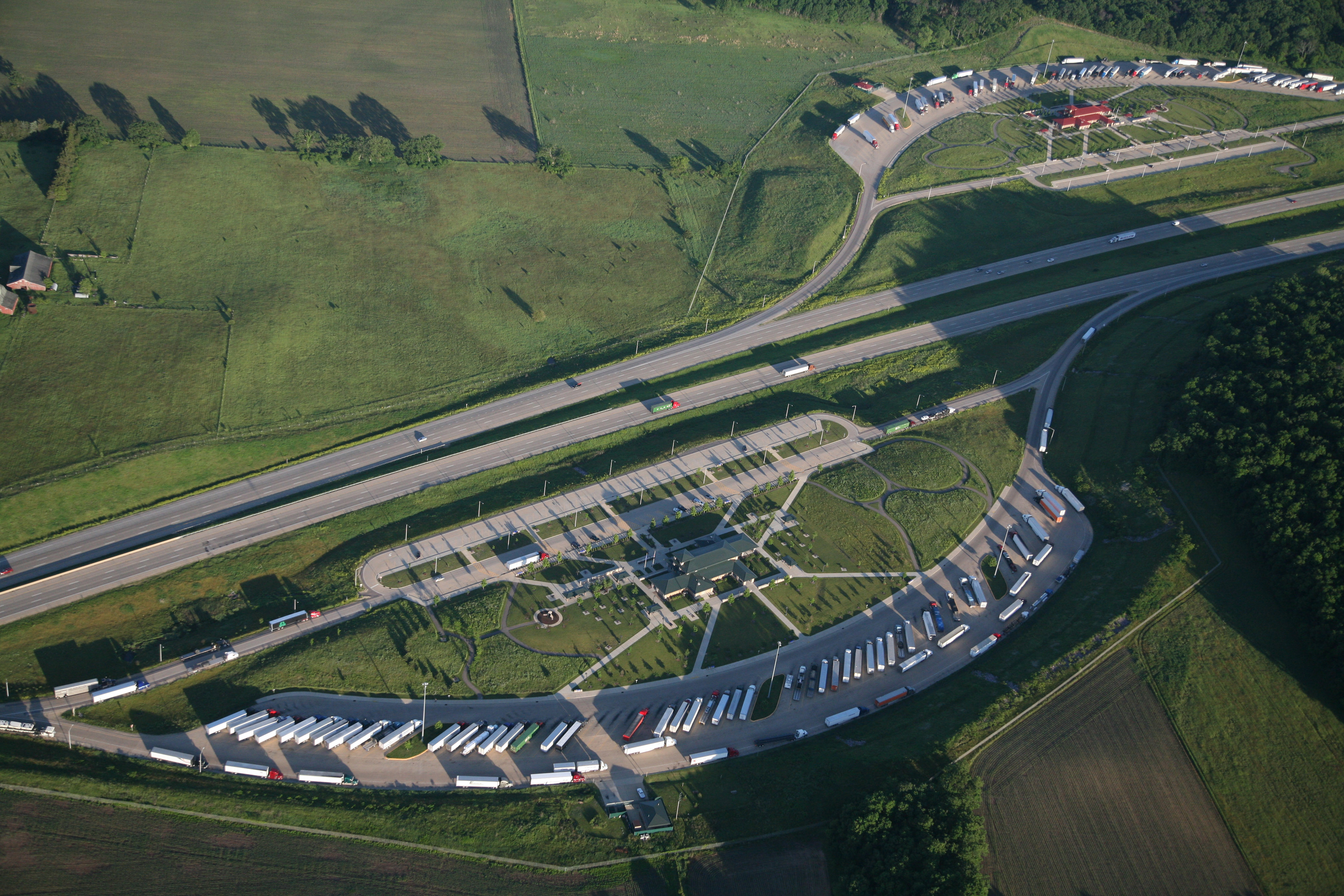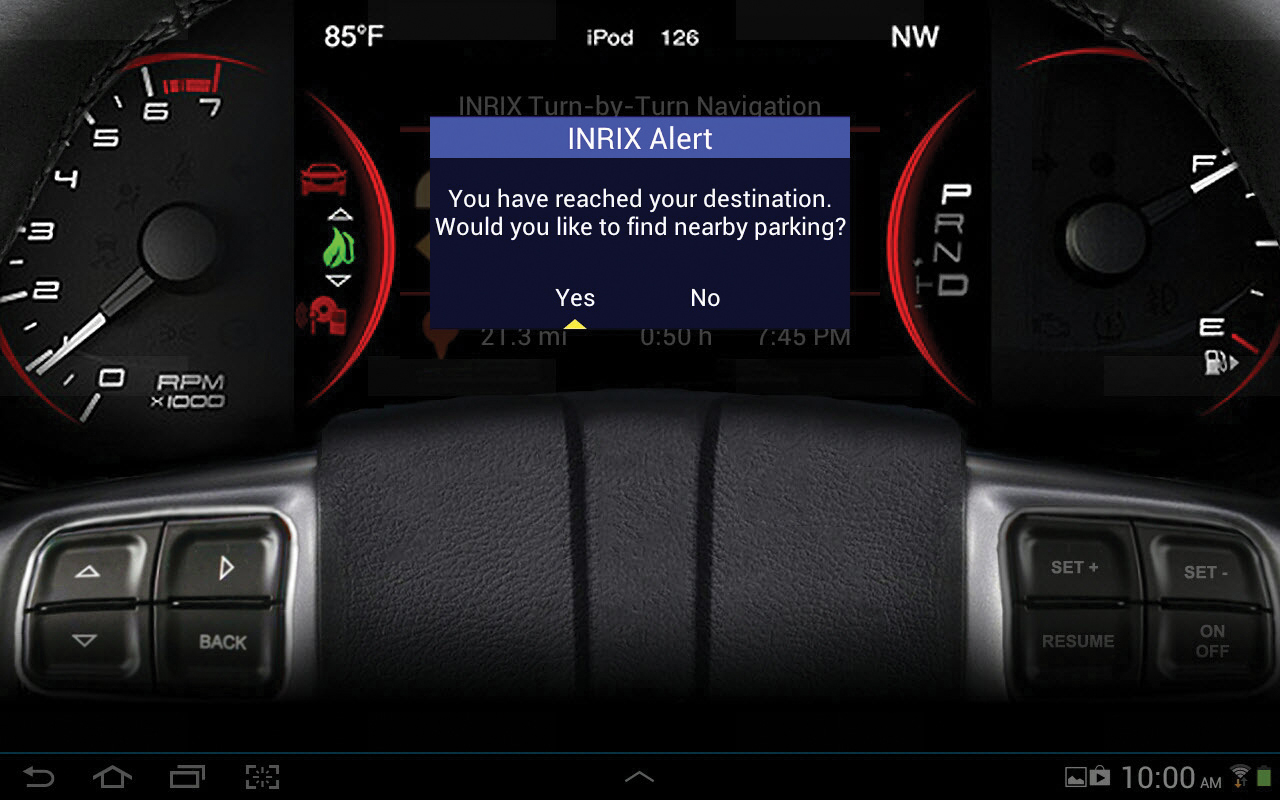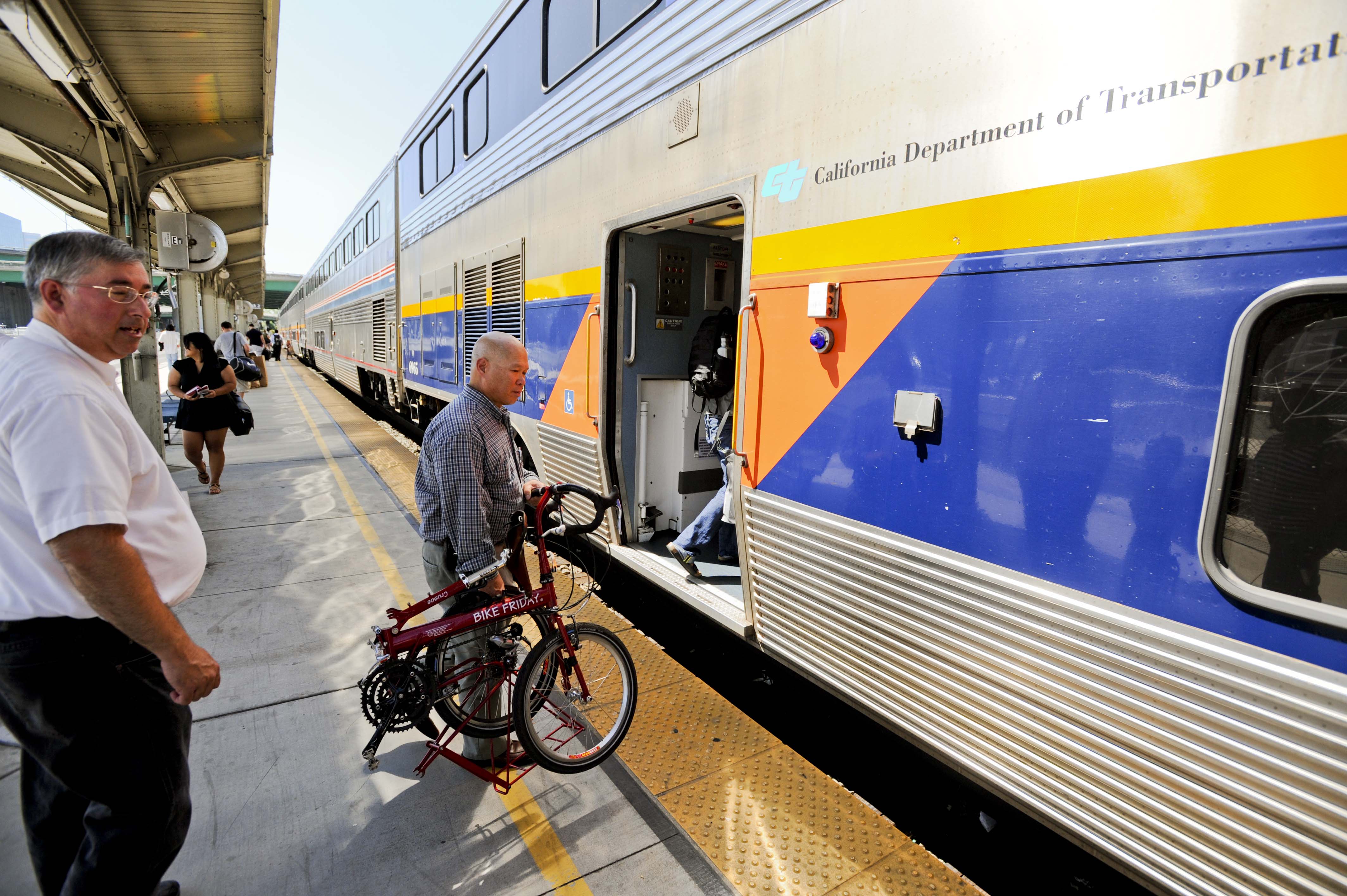
Colin Sowman hears about a new truck parking information system being piloted across eight states.
Legislation limits truck drivers’ hours with the result that they are often caught in a situation where they need to stop either for a break or an overnight rest. But as truck parking is in short supply, truck drivers spend an average of 56 minutes a day searching for available spaces and are often faced with the choice of driving beyond their permitted hours or parking illegally. Contravening drivers’ hours regulations can lead to their licence being withdrawn, while the penalty for parking in the wrong place is a ticket and a fine. In reality there is no choice: drivers risking the loss of their livelihood; or, effectively, a slap on the wrist.
“This is a very touchy issue to effectively patrol because most of the drivers we find resting in unauthorized areas are there because they are out of hours. Moving the truck would mean committing an additional offense, so it’s become general practice to let them continue to rest. It’s a difficult situation for everyone involved,” says Randy Hoyt, state active traffic management engineer with the Wisconsin DoT’s Bureau of Traffic Operations, and project manager for the Truck Parking Information Management System (TPIMS).
A lack of information means truck drivers have little option but to drive until their hours are almost finished and then look for a place to park. If they drive into a nearby truck park which has spaces then all well and good but it is a lottery and in many cases the only option is to pull onto the shoulder and park up for the night. “Illegal truck parking is a massive problem that causes a lot of damage to the gravel shoulders and there are no driver amenities at the roadside, so it’s a lose-lose situation,” says Hoyt.
Coordinated by the Mid America Association of State Transportation Officials (MAASTO) the Regional Truck Parking Information Management System (regional TPIMS) project aims to address that situation. The scheme runs across Indiana, Iowa, Kansas, Kentucky, Michigan, Minnesota, Ohio and Wisconsin, is funded through a US$25-million Transportation Investment Generating Economic Recovery grant, and extends a previous FHA-backed truck parking project.
All states have an obligation to provide free truck parking with most having a mix of authority-run and privately-owned facilities and Hoyt says the initial focus for TPIMS is on the state-owned truck parks. The aim is to let truck drivers know the availability of spaces in the closest and subsequent truck parking facilities in order that they can make an informed choice about where to stop.
Following interviews with more than 2,600 truckers, the majority wanted the truck parking availability to be displayed along the roadside so dynamic signage is being used. The occupancy level information displayed on the sign is updated every five minutes – albeit the process is not as simple as a car park where each parking space can be fitted with a sensor.
“Our rest areas are full every night and vehicles are not only parked in the marked stalls but all over the lot – anywhere there is a gap – it is quite remarkable,” says Hoyt.
In addition, trucks come in many lengths and heights, the number of axles varies and some will have a trailer while others do not. All of these variables tend to frustrate efforts to assess and keep track of the available space in the truck park.
Wisconsin’s participation in the pilot scheme is currently focused on 276km (172 miles) of eastbound I-94 and covers four state-run truck parks. Throughout 2017/18 another seven truck parks will be added, taking the combined truck parking total being monitored to 398 stalls.
Michigan operates in- out-counts using magnetometers and is achieving an average of 85% accuracy across several sites. On the positive side, the count-in, count-out method gives a truer picture of how many vehicles are in the parking facility than bay occupancy counts with magnetometer(s) in each stall because trucks are often parked against the perimeter fence rather than in a marked bay.
According to Hoyt: “Magnetometers are less expensive but they propagate error and there are ongoing costs associated with operating the system because it needs to be reset a minimum of twice a day.”
He says the count can drift for several reasons and cites ice storms where plough trucks and gritters moved all over the site and can cross one or other of the sensors several times. Wisconsin’s instrumented truck parking lots are operated by a contractor who has built a web-based program which displays the number of vehicles in the rest area and provides a still overview shot of the parking lot.
An operative periodically views the still image and counts the number of trucks in the lot. If there is a discrepancy compared with the automated count, then the live video stream is viewed and any necessary correction made in order that the appropriate number is displayed on the roadside signs. In Wisconsin’s rest area #61, the University of Minnesota is testing an independent video-based truck recognition system that has proved, thus far, to be 98% accurate. According to Hoyt, “it has the potential to be an excellent system but is not yet on-stream as it needs to be calibrated across all weather and lighting conditions. It is expensive to install but if it operates for seven years covering a 25-stall rest area, then the costs work out equal to magnetometers. With three-camera arrays servicing five or six parking stalls, larger parking areas would be awash with masts – in which case counting in and out is definitely the way to go.”
Again, this style of video recognition is excellent for knowing how many stalls are occupied but it gives no coverage of what is happening in the rest of the lot. That said, both the in-stall magnetometer(s) and video systems automatically reset so the operating costs are minimal.
Also being tried within the TPIMS project is a combination of magnetometers and video analytics to provide a variant of the count-in, count-out system where the visual and sensed systems cross-check each other to improve accuracy. While Hoyt is interested in this technology, he says there have been instances where birds close to the camera have been counted as trucks.
“At the moment, not one of these systems is foolproof,” he says, adding: “But more important than total accuracy is getting the information from the site to the roadside sign.”
As the monitoring systems are not totally reliable, and because there are two inherent time lags (updating the sign and passing the sign prior to reaching and entering the rest area) the decision was taken that the display will never show zero spaces.
Instead, each rest area has a capacity-dependent lower threshold and when the system calculates that the available spaces have fallen below that point, the roadside display reads ‘Low’. Currently for a 23-bay parking lot, ‘Low’ replaces the count figure when the calculated availability falls below five.
“We are starting conservatively as I don’t want truckers turning up because the sign is showing, say, three spaces and nothing is available. Once we have been running for a while and get a better idea of the error, we can fine-tune that threshold point.”
All eight participating states have agreed a common data format so all the truck parking availability information can be made publically available for website designers and app developers. Information about the location, direction, capacity, facilities and so on is static while the parking availability and trend (filling/emptying) is dynamic and updated every five minutes. “By having this static information we minimise bandwidth usage and if there are any changes to the static information then users are alerted to do an update.”
Dynamic truck parking availability information for all eight states will be online by January 2019 and Hoyt believes distribution of this information will ultimately be the key to the scheme’s success. App developer Trucker Path Pro, which he describes as “Waze for truck parking”, has already signalled its intention to integrate the TPIMS information.
As Wisconsin’s pilot only went live in December, it is too soon for definitive feedback and cost benefit analysis could prove difficult. “The truck stops were full before we switched the system on and they are still full every night with the system operating,” surmises Hoyt.
While ad hock discussions with the truckers in the lots have met with a positive response, others questioned if the money would be better spent building additional truck parking. “Wisconsin does need more truck parking. Our aim is to ensure the truck parks are all utilised as best they can be and by demonstrating this system works we hope to leverage the investment by convincing the privately-run truck stops to join the scheme. State run truck stops can be 50miles [80km] apart but there are typically several privately-run facilities in-between. If parking availability information for the privately-run truck stops is also displayed, then the drivers get many more choices.”
In the longer term, driver surveys will assess their views of the system. There will also be before/after comparisons of shoulder repair costs and a review of both drowsy driver-related truck crashes and drivers’ hours violations within 48km (30miles) of the rest areas. However, for these statistics to be meaningful may require five years of post-implementation data, so don’t expect definitive results anytime soon.










